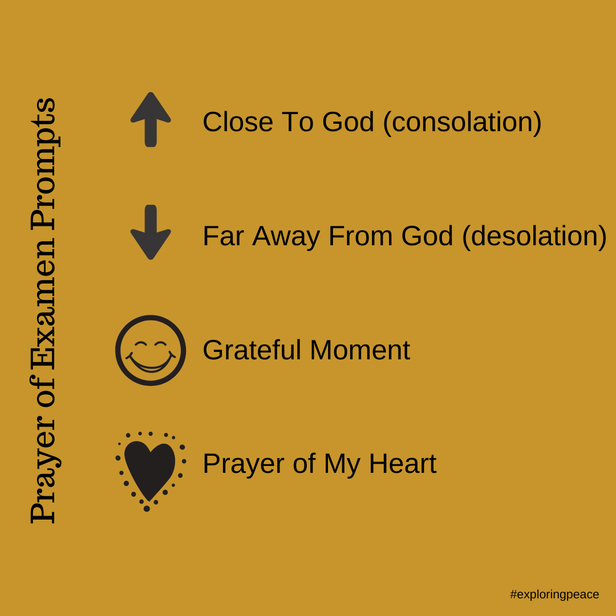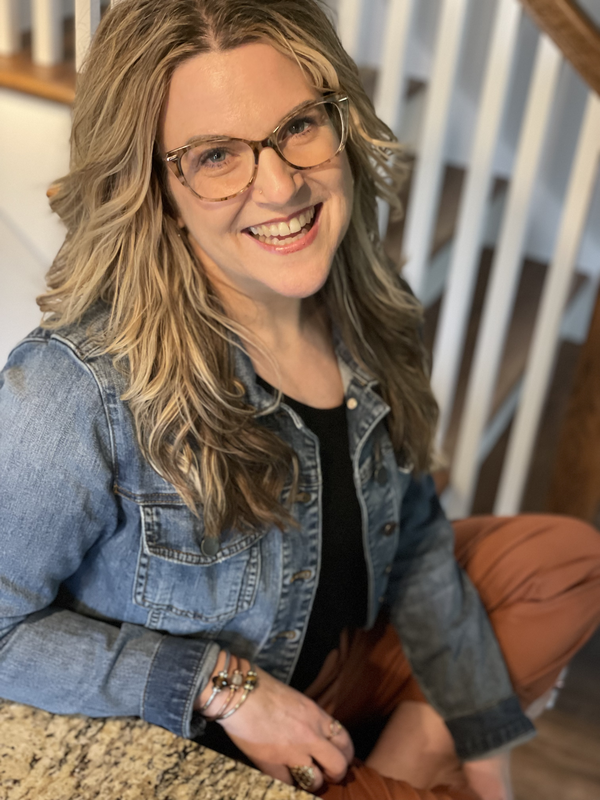|
Creator God, thank you for creating me.
May you make something beautiful out of the messy times in my life. May I discover freedom from my own expectations and cling only to you. May I feel beautiful within myself - body and spirit. May I meet you in these 40 days to come. May you remind me you are always near. Amen
Click to set custom HTML

I get asked this often....
How do you practice hearing God's voice? Well, the obvious answer is just that - I practice! The more I practice paying attention to God's activity in my life, the more familiar it becomes to notice when something is of God or is not of God. One of the regular tools I use to reflect on God's activity in my own life - and therefore hear God's voice - is the ancient Prayer of Examen. St. Ignatius of Loyola led his followers in this prayer and invited them to practice it twice daily. While I typically practice in the evenings, it is a very helpful tool in my soul care tool box. Ignation spirituality invites us into this ancient prayer practice of noticing God on our journey through gratitude, consolation, and desolation. We then bring our prayers before God. The Prayer of Examen is as powerful today as it was hundreds of years ago for the Jesuits. Why not try it for yourself? Use the prompts below and find a quiet place to listen to the guided version below. Make this prayer your own and discover what God invites you to hear today! Here's my simple key for my daily reflection: Up Arrow: When did I feel close to God today (a moment of consolation)? Down Arrow: When did I feel far away from God today (a moment of desolation)? Smiley Face: What moment am I most grateful for today? Heart: What is the prayer of my heart, for what would I like to pray to God about from today? (Note: this may be something already named from the day, or something entirely different) Creator God,
Help us open our eyes and our hearts this day to notice you. We long to sense your goodness amidst the ashes and the despair of this world. It isn't easy to slow down long enough to hear your whisper in the wind, notice your goodness in the buds on the trees, or glimpse your face in the smile of another. Allow us to move away from what is easy through the noise, distraction, and overwhelm of this world. Instead, remind us to lean into your presence around us through praise, quiet prayer, and contemplation this Lenten season. The ashes remain but we can find your beauty amidst them, if we look. Amen |
Whitney R. SimpsonClick to connect: Categories
All
Content @ 2010-2023
Whitney R. Simpson Exploring Peace Ministries, LLC |

 RSS Feed
RSS Feed
